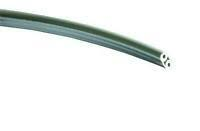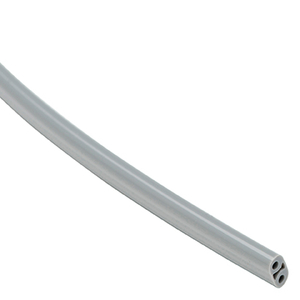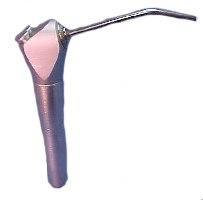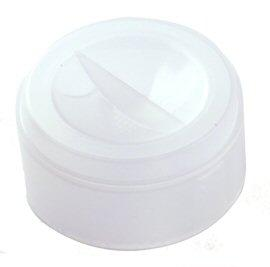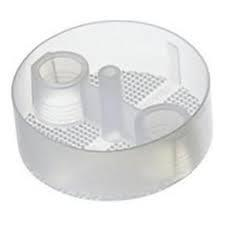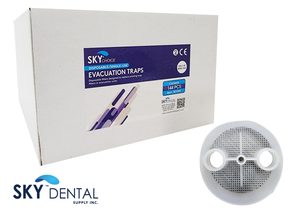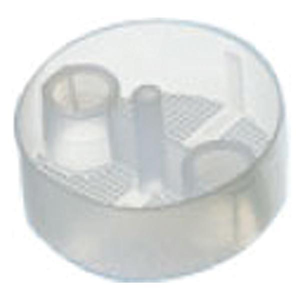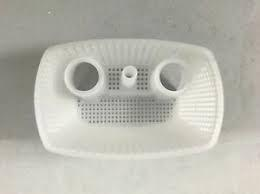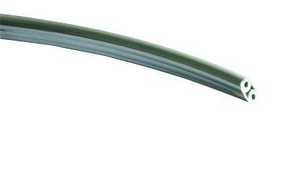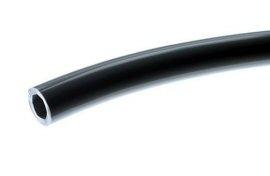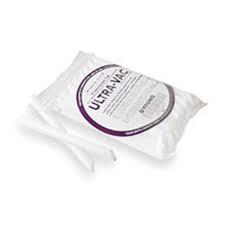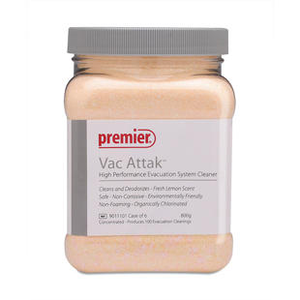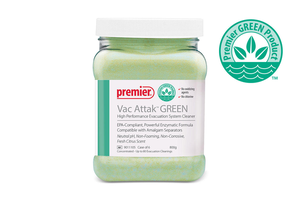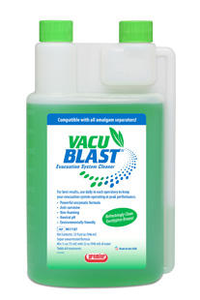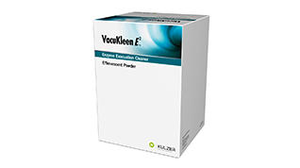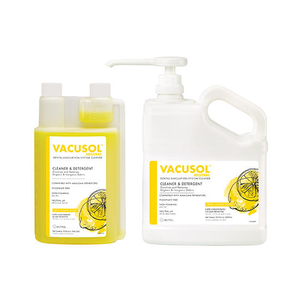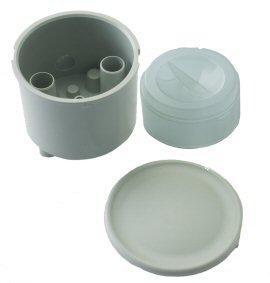Evacuation Products
Show Categories
showing 141 - 160 of 176 product(s)
Syringe Tub.2-Hole (Sterling Gray) 1ft (DCI)
Price:
$0.69
Syringe Tubing 2 Hole Gray 100ft/Bx
Price:
$44.99
Syringe Valve Core W/Tubing
Price:
$172.40
Trap Vacuum Dispo W/Cover 1-7/8" (100/Pkg)
Price:
$48.00
Traps Dispo Covered W/Lid 2-1/8" (100)
Price:
$48.00
Traps Disposable (Plasdent)
Price:
$17.99
Traps Disposable 144/Pkg (Sky Choice)
Price:
$14.50
Traps Disposable Proevac (Pacdent)
Price:
$40.99
Traps Vacuum Canister Screen Series 4 (100/Pkg)
Price:
$48.00
Tubing A/W Syringe 2-Hole Gray (Foot)
Price:
$0.89
Tubing HVE 1/2" Smooth (Gray)
Price:
$2.62
Tubing HVE Vacuum 1/2" (Sterling)
Price:
$2.62
Tubing Saliva Ejector Gray 3/16" Foot
Price:
$1.50
Ultra-Vac Autoclavable HVE (Plastic)(25)
Price:
$44.99
Vac Attak Evacuation System Cleaner 800gm
Price:
$71.99
Vac Attak Green Evac Cleaner (800g) Jar
Price:
$65.99
VacuKleen E Evac System Cleaner (Kulzer)
Price:
$75.99
Vacusol (Biotrol)
Price:
$81.99
Vacuum Canister Bottom Ported w/Bracket
Price:
$35.20
How can hygienists without assistants maximize dental evacuation?
Many dental procedures involve a dentist and assistant, a model known as four-handed dentistry. The assistant often passes instruments and mixes materials for placement by the dentist. But they also play a critical role in evacuating saliva and other fluids.
Dental hygienists don’t usually have the aid of a dental assistant during procedures. They also produce aerosols during treatment and need to protect themselves and their patients. Devices, such as the Mr. Thirsty One-Step or Pink Petal attachments, help hygienists maximize their efforts.
Are evacuation devices expensive?
Dental evacuation is a cornerstone of safe, effective dentistry. Many OSHA and CDC guidelines focus on controlling aerosols and protecting workers against them. While evacuation pumps and their associated mechanical parts are costly, the daily components used in patient care are cost-effective.
Purchasing bulk packages of tips, ejectors, and other components is a smart way to maximize the supply budget. Consider trying a package of one design to make sure you like it before ordering more. For example, Advantage Saliva Ejectors Disposable Tips come as 100/package at a reasonable cost.
Are extraoral dental suction units worthwhile?
COVID-19 has generated a sharp focus on aerosols in dentistry, although it’s not a new topic. Dental offices have followed protocols for many years that prevent the spread of bacterial, viruses, and other pathogens. Few offices have considered extra-oral floor units to remove aerosols, but they’re receiving more attention than ever.
A floor unit, like the Floor Defender II Oral Evacuator, contains a 3-stage HEPA filter system and UV germicidal component to help protect the air quality in clinical spaces. This entry-level unit provides another layer of protection that patients and staff appreciate at a cost that fits most office budgets.
What’s the best way to take care of suction lines?
The evacuation system is critical in a dental office, but only if it operates at maximum volume and efficiency. System maintenance is essential, and it includes cleaning, disinfection, and changing solids collectors.
Suction lines in the hygiene operatories should undergo daily cleaning with an evacuation system cleaner to flush debris, and a compatible cleaner should be run through the evacuation system tubing. The low-volume suction lines should be disinfected between patient procedures. It’s advisable to check with the manufacturer of the evacuation system to figure out which disinfectants are compatible with the system.
Many of the evacuation system cleaners, such as Live Enzyme Evacuation Cleaner, have enzymes that facilitate the cleaning of debris from the tubing.
How often should disposable suction traps be changed?
Disposable suction traps should be monitored and at least changed once a week, or more often if they experience clogging. Old suction traps shouldn’t be thrown in the trash since they contain amalgam particles. A licensed medical/hazardous waste service provider should be engaged to dispose of these traps. Amalgam capsules also contain trace amounts of mercury residue from the mixing process and should be properly disposed of.
We offer a variety of traps that help offices maintain their systems and maximize the life of all components. If you need any advice, please use our chat feature. Our team will help you get quick answers for the right products.
What do you consider a reliable vacuum system if we’re replacing our system?
A reliable vacuum system is essential to daily operations. Even one day with a disabled vacuum system can cost a practice thousands of dollars. We recommend the EcoVac Pump DRY for ultimate performance and cost-savings.
The EcoVac system combines technology, solid construction, quiet operation, and oil-free performance with updated water and energy-saving features. Variable Frequency Drive (VFD) technology controls the vacuum levels for ultimate efficiency. When suction isn’t being used, the motor operates at ⅓ the normal speed and uses minimal power. But when suction is operating, the motor automatically speeds up to keep constant suction capacity. This maintenance-free unit has no traps to clean and no oil to monitor or change.
Features and Benefits:
- Minimal electricity costs
- Reduces water and sewage costs
- Eliminates expensive maintenance expenses
- Quiet operation at only 62 decibels
- 5-year or 5000-hour warranty (whichever comes first.)


